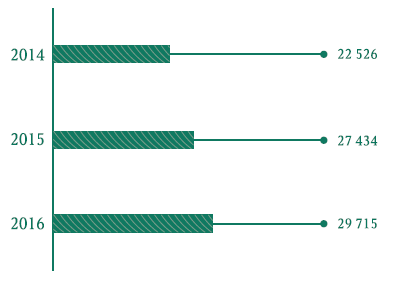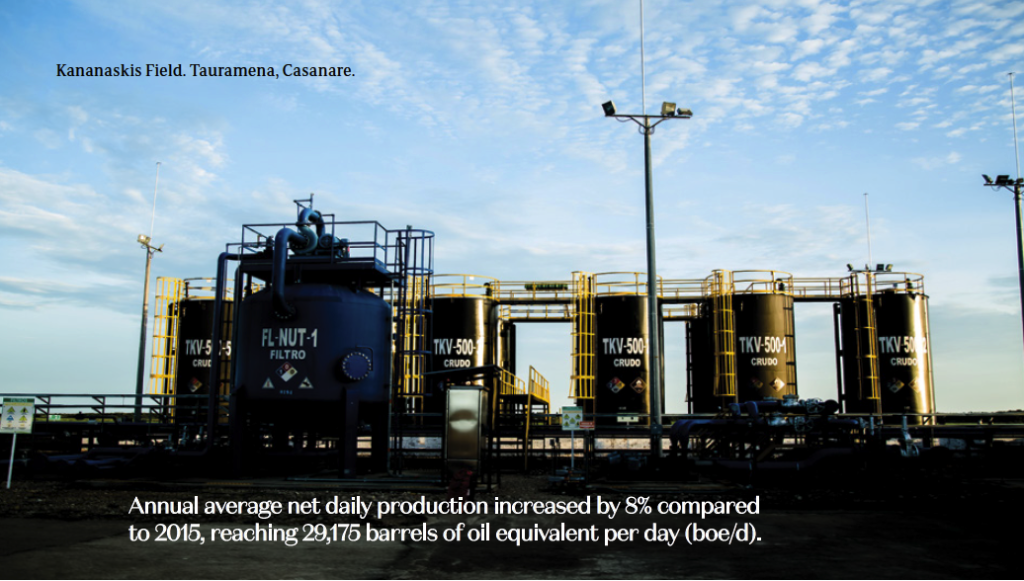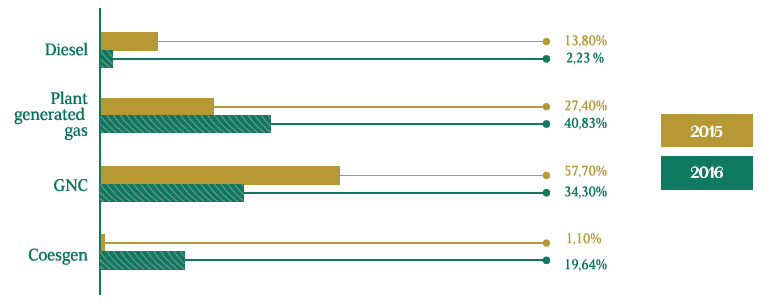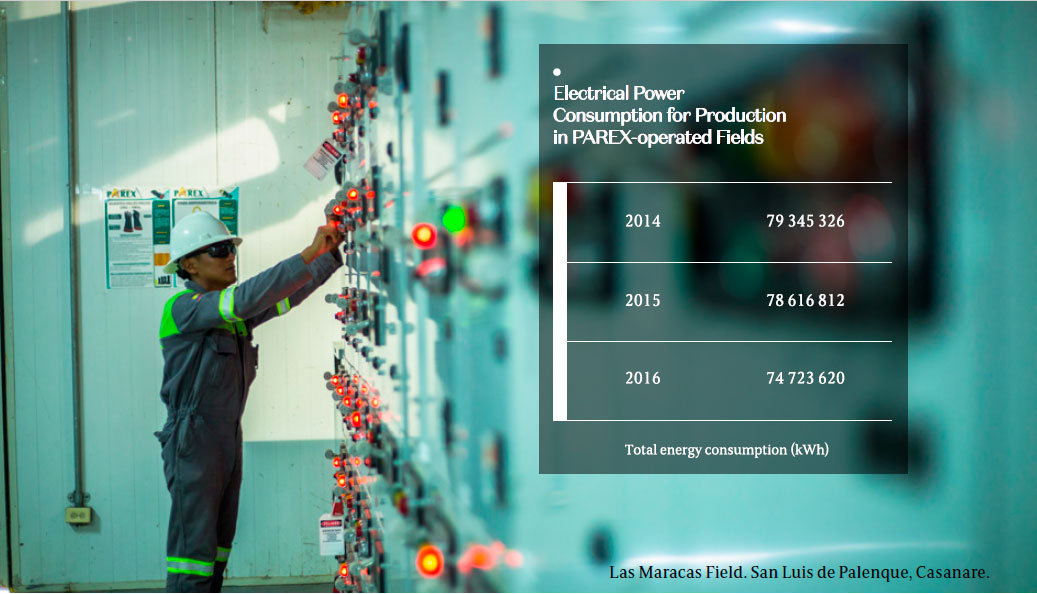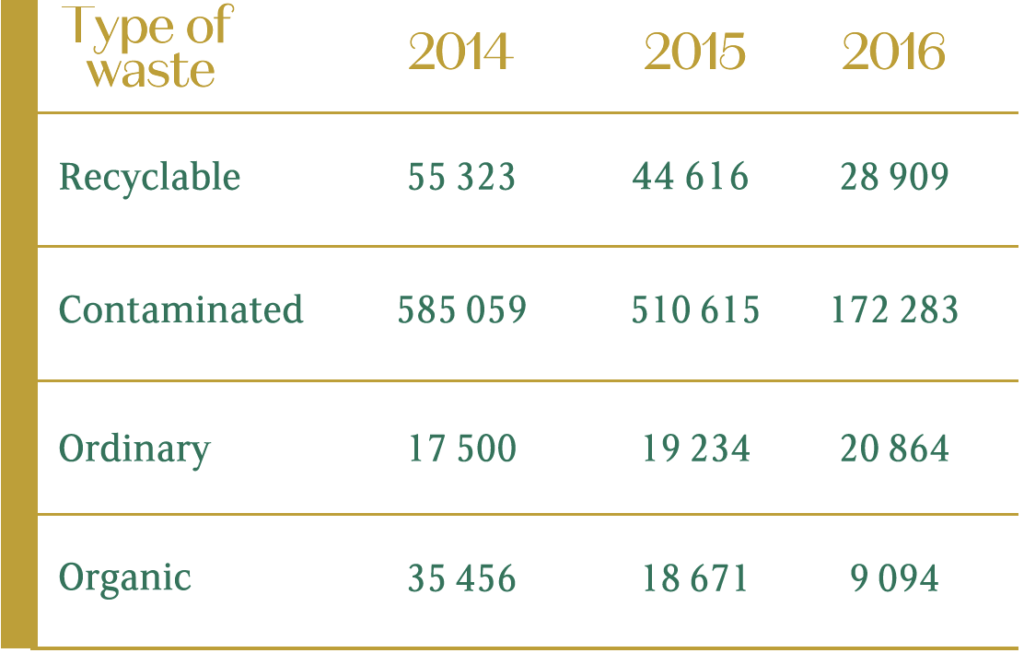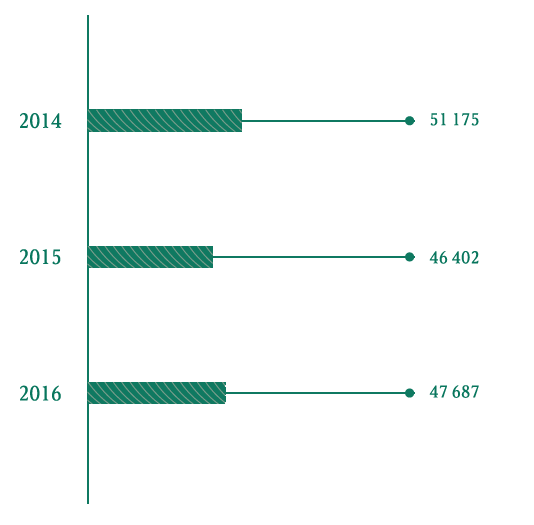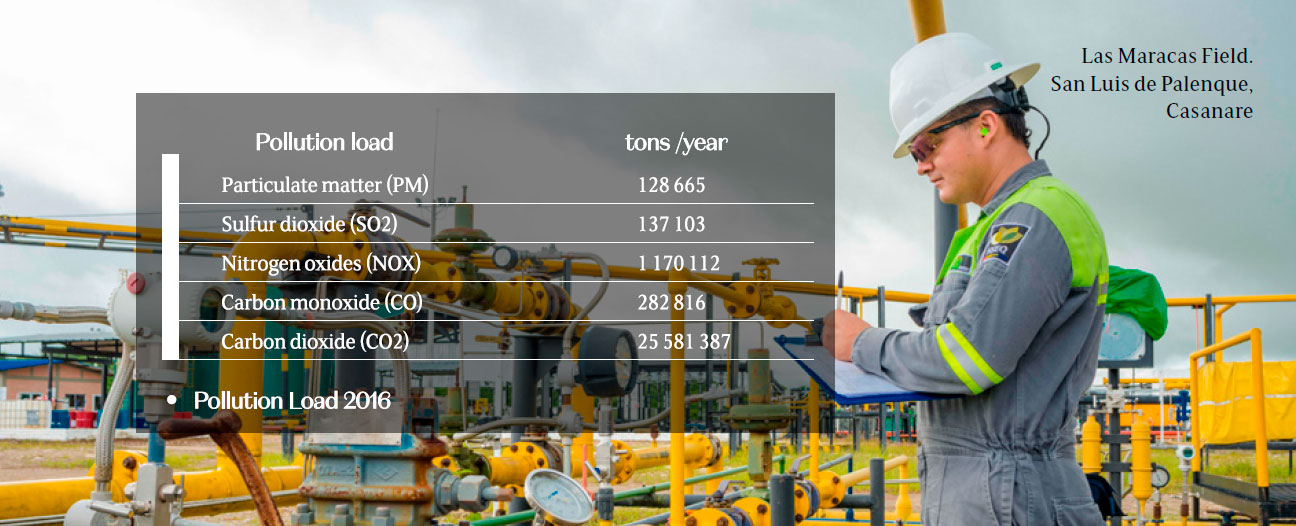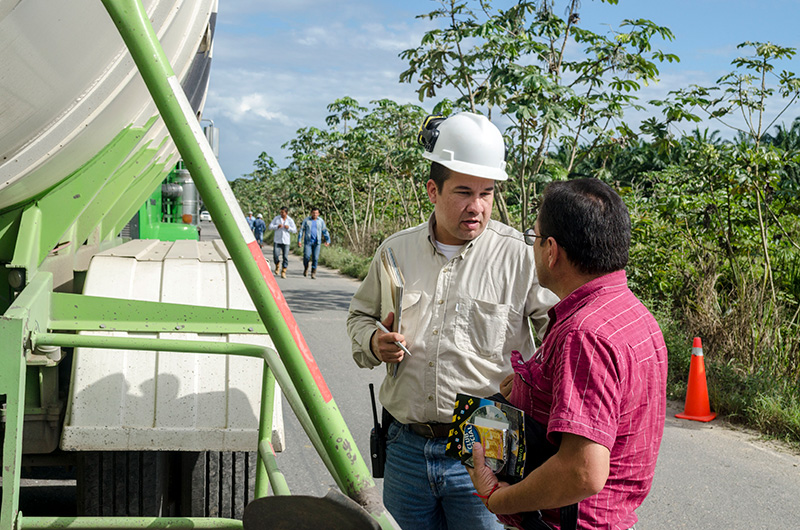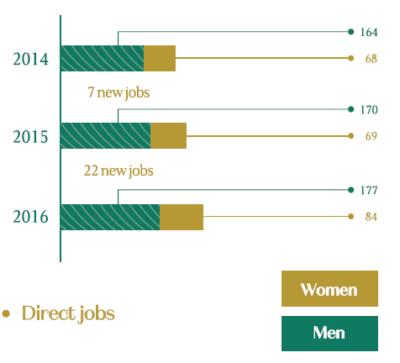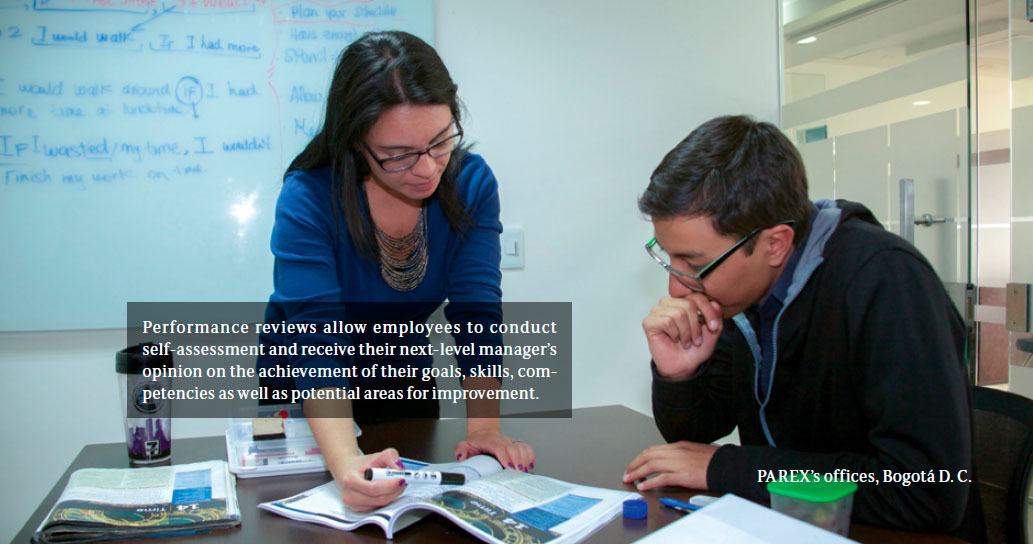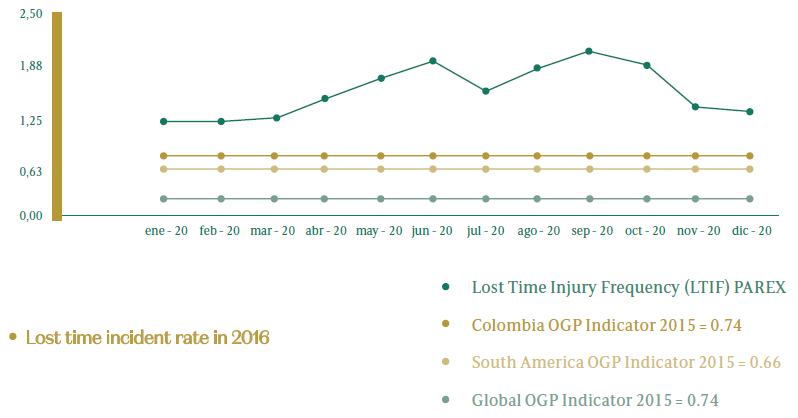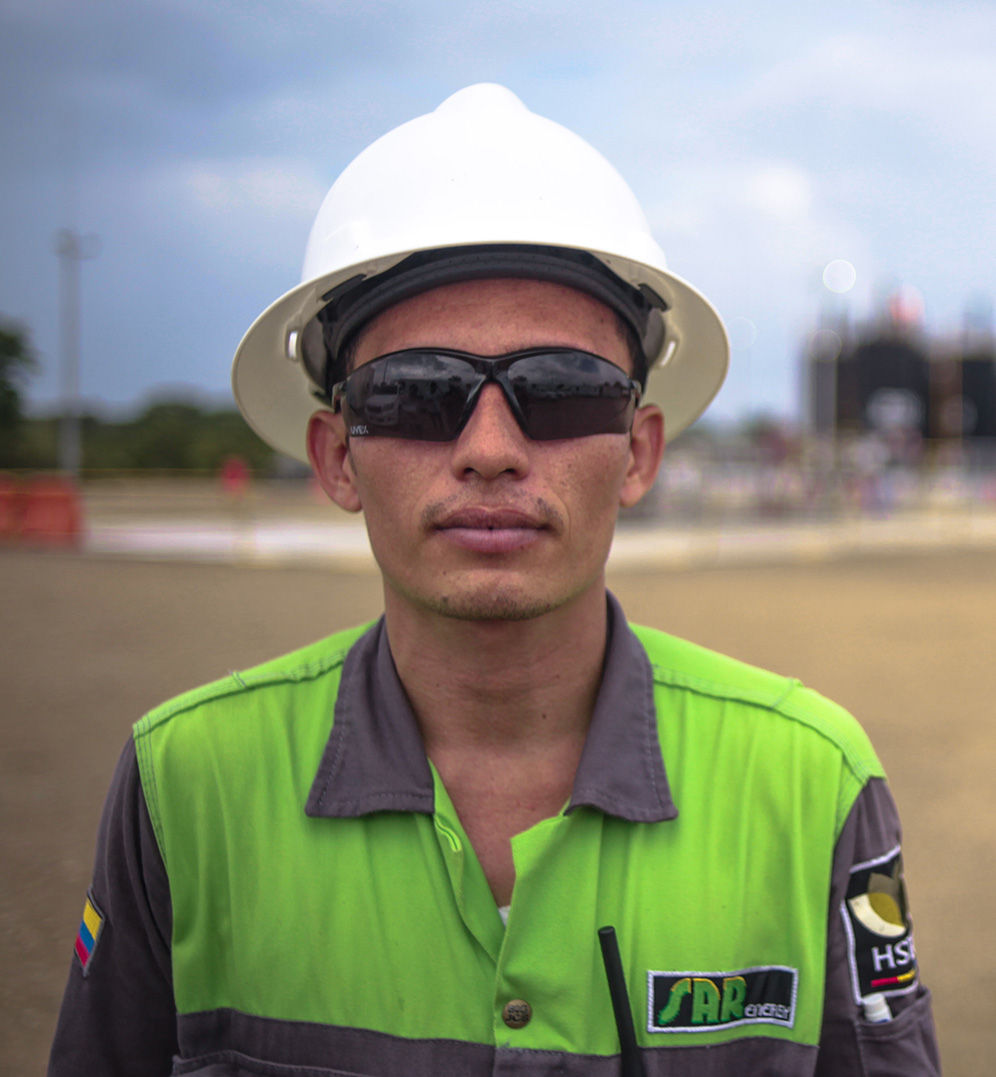Inclusion of local human talent for better community development is not only a commitment but a conviction at PAREX. Our operations in various Colombian regions provide us with opportunities to attract competent and committed employees who help the Company define its role as a good employer.
That is the case of César Prieto, the current Corporate Social Responsibility Coordinator at PAREX. He joined the Company six years ago in his native area, Paz de Ariporo, Casanare. As a result of his dedication and excellent work ethics, he has built a high potential career and a future filled with great opportunities for his family. He is not only an example for his family, but also an example for his community. For César, “PAREX is a company that generates employment stability, allows for goal achievement, and provides a better future for our loved ones”.
However, our commitment does not stop there. In addition to employment generation, boosting the skills of our employees is key. Yaneth Ramírez, an Environmental Engineer for PAREX based in Casanare, has been trained in various key areas. Yaneth has acquired new knowledge in environmental management systems, internal auditing, emergency and first-aid crew, stakeholder management, and effective public speaking. For Yaneth, “PAREX is continuously providing training opportunities and encouraging growth within the Company”.
Having the support of local talent has been fundamental for PAREX’ growth by allowing the Company to become closer to the community, to understand their culture, and to listen to them better. Juan José Samaniego is a Corporate Social Responsibility Manager based in Tauramena, Casanare, though he was raised in Monterrey, an hour away. His familiarity with the region and the local communities has helped him become more aware of the people’s needs, faithfully transferring this to PAREX, and consolidating a channel of trust. For Juan José, “understanding the region’s idiosyncrasies has been fundamental to successfully carrying out every one of the proposed projects”.
Our commitment in all the regions where we conduct business consists of generating quality employment as a way of increasing the positive impact local talent can have in their communities.



